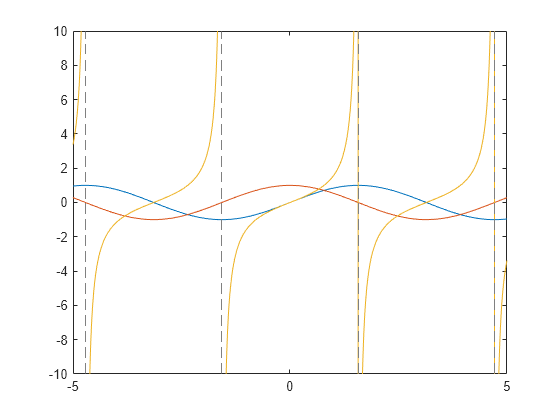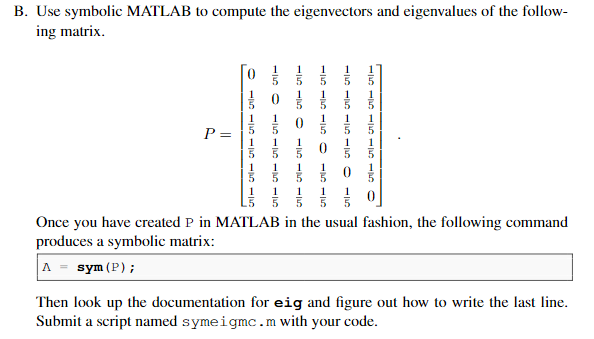


This theory provides greater flexibility in simulating the response of nanoporous materials with arbitrarily shaped porosities, and exhibits herein demonstrated greater range of numerical stability relative to the commonly used finite-element method. The second homogenization theory is the recently generalized finite-volume direct averaging micromechanics approach. The theory's excellent stability, quick convergence and rapid execution times enable extensive parametric studies to be conducted efficiently. The locally-exact homogenization theory is an efficient elasticity-based approach which accurately yields the full set of homogenized moduli and concomitant local stress fields in rectangular, square and hexagonal porosity arrays of unidirectional nanocomposites. The vehicles for comparison which provide the gold standard are two recently extended homogenization theories with incorporated Gurtin-Murdoch type surfaces. These approaches include classical micromechanics, elasticity-based, finite-element and finite-volume techniques. This paper critically reviews the different approaches employed in the calculation of both homogenized moduli and local stress fields of unidirectional nanoporous materials in a wide range of porosity volume fractions, pore sizes and different array types. Surface effects are typically simulated using the Gurtin-Murdoch model based on the concept of an infinitesimally thin surface with its own elastic moduli and equilibrium conditions. For sufficiently small nanopores, surface effects must be accounted for in calculating homogenized moduli and local stress fields. The unknowns are the weights a - 1 - 1, …, a 1 1.Nanoporous materials find a wide range of applications spanning diverse disciplines. In this example, approximate Δ u with a sum S_h of nine regular grid points around the midpoint ( x, y ). The simplest approach to the eigenvalue problem is to approximate the Laplacian Δ u by a finite difference approximation (a stencil) on a square grid of points with distances hx in x direction and distances hy in y direction.

Nine-Point Finite Difference Approximation In this example, Ω is an L-shaped region, and the ground state associated with this region is the L-shaped membrane that is the MATLAB® logo. There is a maximal (negative) discrete eigenvalue, the corresponding eigenfunction u is called the ground state. The Laplace operator is self-adjoint and negative definite, that is, only real negative eigenvalues λ exist. The boundary condition is u ( x, y ) = 0 for all ( x, y ) ∈ ∂ Ω. Its displacement u ( x, y ) is described by the eigenvalue problem Δ u = λ u, where Δ u = u x x + u y y is the Laplace operator and λ is a scalar parameter. Consider a membrane that is fixed at the boundary ∂ Ω of a region Ω in the plane.


 0 kommentar(er)
0 kommentar(er)
